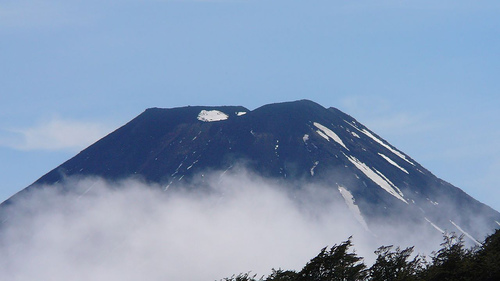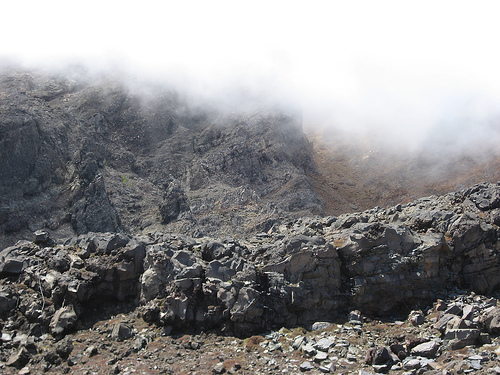Manage health and safety in a tourism context/Activities/Risk management mountain dangers scenario
Objectives
US 18365, Version 1, Level 4, Credit 4 Manage Health & Safety in a tourism context
Element 1 - PC 1.1
Element 2 - PC 2.1 - 2.2
Element 3 - PC 3.1 - 3.2
Element 4 - PC 4.1 - 4.4
Activity
To outline potential hazards and risks faced by a tour guiding operation and the roles and responsibilities of the staff working for the operation
Task
When you have read the scenario (below) return to these questions and answer them.
1. Explain how the following components of risk management theory apply to the tourism industry and in particular to the following activity:
- Identify the risks (real, perceived and absolute), the hazards (psychological, physical) and dangers (incident, accident, crisis, causal sequence, peril) and management strategies, policies and guidelines, emergency procedures and others (specify) that clients in the following scenario were potentially exposed to.(PC 1.1)
- Complete a Hazard Identification Form (in supporting resources) for this scenario, as it would apply to visitors, employees and others (please specify) who may be affected. The is a report of the hazards and risks according to the organisation's safety policy. (PC 4.1-4.4)
2. Describe the organisation's health and safety policies and procedures which must be followed in the event of an emergency (as in the one described below). (PC 3.1)
3. Describe what would be expected of you (as the guide) in terms of roles and resposibilities, by the organisation's health and safety policies.(PC 3.2)
4. Identify what health and safety roles and responsibilities are required by law of both the employer and the employee as they relate to the activity and environment.(PC 2.1) eg. employers must manage hazards by either eliminating them, isolating them, or minimising them, in that order of preference.
5.What are the consequences for the tour company employer/management, of a poor health and safety record in terms of accident prevention, personal proficiency or not complying with legislation. (PC 2.2)
Story
Here is a story about guiding people into a mountainous environment and its potential dangers.
i. I was a tour guide on a training trip with an experienced guide and twenty young to middle aged overseas tourists. One of the highlights of the trip was to take my group across the Tongariro Crossing – eight hours of the best volcanic walk in the world. The walk is a popular one but still takes you through mountainous terrain on unformed track.
ii. On the morning of the tramp the other guide told me his leg was too sore to do the walk and I would have to do it alone. I wasn’t so sure, knowing that the company expects two guides to go along with a group of this size, but he assured me it would be fine and the group were demanding we go as they were looking forward to the tramp. I didn’t find out until afterwards that when he said “fine” he meant okay in terms of the group, but he hadn’t checked the weather.
iii. It was a lovely day at the drop off point and I suggested they leave their coats behind to save weight and because we were late starting I forgot to check out medical conditions and medications.
iv. It was easy going at first and everyone was having a good time. Even when we began to climb the steeper bits and the track got rough it was still okay.
v. But after four hours the weather turned cold, windy and misty. Some of them wanted to turn back, others wanted to carry on. I hadn’t done this tramp before but I had heard that it was fairly easy and decided to press on. Then it started to rain.
vi. After another hour it got very cold and the mist made it hard to see anything – even the marker poles.
vii. Then one of the group slipped and hurt his leg. I do what I can with the outdoor first aid manual and the small kit the company gave us.
viii. Then one of the older members of the group reports his wife is shivering and not making much sense. Of course that is an early sign of hypothermia so now everyone is getting worried and suggesting different things.
ix. I am really beginning to worry now. I decide to send two of the younger members, English speaking group members to get help and collect the rest of the group and try to find them some shelter.
x. The weather continues to worsen and more of the group are starting to feel the effects of this.
xi. Several hours later help arrived and we were able to get everyone back to base. The good part of the story is that no one died, four ended up in hospital for a few nights with hypothermia and the guy that hurt his leg was up and about, with the help of crutches, in no time. As for me and the other guide……………
Supporting Material
- Going Places Ltd - Safety Plan to help you identify all the possible risks and how they might be prevented or minimized
- Hazard Identification Form
- You must look at this site - Health and Safety Resources

